Perspectives On Higher Education: Part One
Naturopathic Medical Education yearns for a niche in the postsecondary higher education landscape as part of the larger process of professional formation. An eight-part series describing the interaction among higher education and professional formation for the naturopathic profession in North America.
What distinguishes the medicine of the past
twenty-five years is not that its practitioners are equipped
with an arsenal of antibiotics and antiseptics, but that they are furnished
with a comprehensive and unprecedented understanding of what the
healthy body is and how it survives and protects itself.
Jonathan Miller, 1978
There has long been a conversation among naturopaths about the advisability of locating naturopathic medical education within the public research universities and schools model. And accompanying that debate has been the concern that science-based research incorporated into any higher education context for naturopathic medical education would co-opt and dilute the medicine. Whatever the nooks and crannies of the discussion, though, the original and abiding intention to join the postsecondary “first-professional degree” niche has grown out of an awareness that the numerous proprietary schools that initially dominated the North American medical education (allopathic and naturopathic) landscape in the 19th and early 20th centuries did not survive Flexner well and continue to be at the periphery. More important, those schools did not ultimately establish the profession securely in the primary health care landscape in North America.
By the middle of the 20th century the proprietary school virtually disappeared as a serious framework for institutionalizing naturopathic medical education. Proprietary schools in the United States and Canada do continue to pepper the larger alternative medical education landscape (Baer, 2001), but the nonprofit private-sector model dominates in the CNME-accredited naturopathic niche. In the larger kaleidoscope of proprietary schools presenting programs in the CAM field there are nonresidential naturopathy schools such as Clayton and others that profess to provide medical training of high caliber, but whose standards and clinical rigor do not permit their inclusion within the first-professional degree category of the U.S. Department of Education Integrated Postsecondary Education Data System (IPEDS). Indeed, there are some proprietary schools whose strategic radar doesn’t scan the higher education field routinely, but which attempt to meet the needs of individuals preparing for practice in specific fields.
However, there are some other private, for-profit postsecondary institutions, duly incorporated in their state or provincial jurisdictions, that do aspire to being affiliated in some way with the higher education community. For example, the College of Oriental Medicine and Acupuncture in Orlando, Florida, which began classes for naturopathic medicine in August 2002, is unusual in that it is private and for-profit, but seeks accreditation by the same body (the Council on Naturopathic Medical Education) that recognizes the programs of the nonprofit, private naturopathic medical schools in Canada and the United States. Such applications to the CNME are rare, though. As a case in point, in that same month the First University of Naturopathic Medicine (FUNM) in the state of Alabama was denied a license to operate by the state principally because as a private, for-profit institution, an accrediting committee concluded that it “did not meet the minimum standards of a post-secondary professional school” (Dr. Peter Martin, dean of the faculty of naturopathic medicine, Bridgeport University, October 24, 2002).
A few similarly structured proprietary schools of naturopathy, homeopathy, herbalism, and so on, which had been so prolific the early part of the 20th century, still existed by the end of the century, but in a much changed form. However, those of their graduates who were either not grandfathered or who did not have the umbrella of a different modality (e.g., acupuncture) were eventually not able to practice naturopathic medicine in regulated states and provinces. A tension grew during this period, then, between naturopathic practitioners from accredited schools and graduates from proprietary diploma mill schools. Early efforts to rationalize the two main groups did not succeed, and to this day the contrary imperatives of the CMNE and the ANMA (American Naturopathic Medical Association) persist.
Graduates from schools not aligned with a serious commitment to joining the higher education sector had, in the opinion of the mainstream medical profession, long been a source of “coarse and common elements” (Starr, 1982, p. 115). As far as the American Medical Association was concerned, such schools and their graduates had to be “sloughed off” (Starr, 1982, p.116). The cumulative effect of all these developments has been described by naturopathic leaders as contributing to the “marginalization” of the profession (Cody, 1985; Pizzorno, 1987).
There has arisen over the years, then, a confusion among the public, elected officials, government policymakers, professional health care providers other than the CAM community, higher education administrators, and academics about what naturopathic medicine is, and more particularly about its academic and clinical validity. This has made it difficult for those policy- and lawmakers to determine where naturopathic medicine fits in the primary health care landscape. To the rescue, though, comes insightful, savvy work such as Dr. William Keppler’s (president, NCNM) recent success in getting an audience for the reclassification of naturopathic medical schools as first-professional degree institutions (Keppler, 2006).
In the context of his membership on the Technical Review Panel for IPEDS, Dr. Keppler reminds us of Dr. Edward Delaney’s admonition about the confusion that has accompanied the expanding of educational requirements in the allied health fields. Dr. Keppler reinforces for us why this beacon for the naturopathic profession in the primary health care landscape needs to be understood. With his customary clarity and thoroughness, Dr. Keppler lays out the recent history, players, and their roles in higher education classification. This reconceptualization process endorsed by the panelist is a powerful window for the profession as a level playing field is created.
As well, there is a helpful, emerging literature (Aakster, 1986; Bloomfield, 1983; British Medical Association, 1986; Frank, 1981; Rosengren, 1980; van Dam, 1986; Wiesner, 1989) that has been charting a pioneering course through such confusion in recent decades. In the background or perhaps in parallel, there is a tradition of radical and progressive inquiry that takes aim at a so-called medical industrial complex characterized by the elitism of the allopathic medical profession and a well-established link between it and the pharmaceutical and medical equipment and supplies industries. Sociologists have written extensively about the hierarchies that exist among medical professionals. As we propel our schools more and more into the higher education niche, it would do us well to become increasingly familiar, as institutions, with the ideas and conclusions emerging from that scholarship.
Doyal (1979) and Navaro (1976), for example, using political economy as a framework, have written about the social context in which medicine operates. Ehrenreich (1978), Illich (1976), and McKeown (1979) have contributed to a dialogue about the failure of allopathic medicine to deal with numerous health concerns. These sociological backdrops help in an understanding of the nature and impact of the marginalization of the nonallopathic medical traditions. Ruzek (1989), in this regard, considers some of these social aspects of primary medical care. Shroff calls attention to the “risks of many technical diagnostic and therapeutic procedures” (1996) when compared with holistic medicine where the practitioner validates client feelings (Flood, 1995).
In general, the relationship of the various specialist qualifications and modalities of the naturopath to those of the more universally known medical doctor, the allopath, is not only confusing to the populations cited above, but has also been persistently controversial. Along this continuum of controversy there are potentially alarming revelations about the testing of pharmaceuticals in third world countries (Lexchin, 1984), or substantial explanations about why North America in particular “is the international aberration in terms of the non-Native culture’s relationship to holistic medicine” (Shroff, 1996, p. 35).
At another point in that continuum, Boon (1996) summarizes the aim and treatment modalities of the naturopathic doctor, explaining in considerable detail how the ND is trained to integrate these therapeutic approaches. However, there is little written about the intersection of these two professional groups, and even less that compares their respective medical educations. What the literature reveals is that the naturopathic group, as a key player in the complementary and alternative field, has been marginalized; that is, less known, less understood, and less accepted particularly in North America.
Gort (1986) prefers to use the terms conventional and unconventional to establish the distinctions between mainstream allopathic medicine and naturopathic medicine. The therapies and modalities of the complementary, alternative, traditional, unconventional practitioners in any case are not officially recognized by the dominant political system (The Hague, 1981). Despite this political dichotomy, patients in Canada and the United States increasingly access both medical doctors and naturopathic doctors and in this sense the latter do indeed provide a complementary service. It is not surprising, then, that public health officials, government higher education authorities, and the public itself are increasingly interested in the nature, credibility, and history of the education and training foundations of these medical groups.
Influencing public policy and the formation of regulatory environments, which in turn affected the agenda of the naturopathic medical education institutions in the United States and Canada, has been the cumulative impact of this marginalizing of the naturopathic profession even though naturopathic practitioners have existed in those countries since the early part of the 20th century and have roots linked to German nature cure and water cure systems and professions. Skilled German nature cure doctors brought the discipline to America at the end of the 19th century. The professional status of naturopathic practitioners, however, was from the outset peripheral to the mainstream medical professions, the so-called dominative medical system (Baer, 1991) that considered itself the final authority on primary health care. The educational institutions supporting the naturopaths, osteopaths, homeopaths, and chiropractors in Canada and the United States have been correspondingly marginalized in a variety of ways regardless of the unrelenting efforts of naturopaths such as John Bastyr, Joseph Boucher, Gordon Smith, James Sensenig, Joe Pizzorno, and Donald Warren. In Part Two, we shall explore how these marginalization effects affected the successful deployment of naturopathic medical education in North America.
References
Aakster CW: Concepts in alternative medicine, Soc Sci Med 22(2):265-73, 1986.
Baer HA: Biomedicine and Alternative Healing Systems in America: Issues of Class, Race, Ethnicity and Gender, Madison, 2001, University of Wisconsin Press.
Baer HA: The potential rejuvenation of American naturopathy as a consequence of the holistic health movement, Med Anthropol 13:369-83, 1992.
Bloomfield RJ: Naturopathy. In Bannerman R et al. (eds): Traditional Medicine and Health Care Coverage: A Reader for Health Administrators and Practitioners, Geneva, 1983, World Health Organization, pp 116-23.
Boon H: The Future of Naturopathic Medical Education. Primary Care Integrative Natural Medicine: The Healing Power of Nature. Doctoral dissertation, Graduate Department of Pharmacy, University of Toronto, 1996.
British Medical Association: Alternative Therapy, London, 1986, Chameleon Press Ltd.
Cody G: History of naturopathic medicine. In Pizzorno JE, Murray MT (eds): Textbook of Natural Medicine, Seattle, 1985, John Bastyr College Publications.
Doyal L, Pennell I: Political Economy of Health, London, 1979, Pluto Press.
Ehrenreich J (ed): The Cultural Crisis of Modern Medicine, New York, 1978, Monthly Review Press.
Flood E: Personal Communications. Pamphlet. Toronto, 1995, Towns’ Natural Health Clinic.
Frank J: Holistic medicine—a view from the fence, Johns Hopkins Med J 149:222-7, 1981.
Gort E: A Social History of Naturopathy in Ontario: The Formation of an Occupation. MSc thesis, Division of Community Health, University of Toronto, 1986.
Illich I et al: Disabling Professions, London, 1977, Marion Boyars Publishers.
Keppler W: Why naturopathic medicine deserves first-professional degree designation, NDNR 2(3):22, 2006.
Lexchin J: The Real Pushers: A Critical Analysis of the Canadian Drug Industry, Vancouver, 1984, New Star Books.
McKeown T: The Role of Medicine: Dreams, Mirage, or Nemesis? London, 1979, Nuffield Provincial Hospitals Trust.
Navaro V: Medicine Under Capitalism, New York, 1977, Prodist.
Pizzorno JE, Murray MT: A Textbook of Natural Medicine, Seattle, 1987, John Bastyr College Publications.
Rosengren WR: The great and marginal systems of medicine. Sociology of Medicine: Diversity, Conflict and Change. New York, 1980, Harper and Row, pp 203-39.
Ruzek SB: Feminist visions of health: an international perspective. In Brown P (ed): Perspectives in Medical Sociology, New York, 1989, Wadsworth.
Shroff FMC: New Directions in Canadian Health Policy: Lessons from Holistic Medicine. Unpublished PhD dissertation, Graduate Department of Education, University of Toronto, 1996.
Starr P: The Social Transformation of American Medicine, New York, 1982, Harper Collins.
The Hague: Alternative medicine in the Netherlands: summary of the reports of the commission for alternative systems of medicine. Alternative Therapy, London, 1981, Chameleon Press Ltd.
Van Dam FSAM: Alternative systems of medicine: critical notes on the muntendam commission report. Alternative Therapy, London, 1986, Chameleon Press Ltd., pp 147-55.
Wiesner D: Alternative Medicine: A guide for Patients and Health Professionals in Australia, Maryborough, Australia, 1989, Kangaroo Press.
 David J. Schleich, PhD, is president and CEO of NCNM, former president of Truestar Health, and former CEO and president of CCNM, where he served from 1996 to 2003. Previous posts have included appointments as vice president academic of Niagara College, and administrative and teaching positions at St. Lawrence College, Swinburne University (Australia) and the University of Alberta. His academic credentials have been earned from the University of Western Ontario (BA), the University of Alberta (MA), Queen’s University (BEd), and the University of Toronto (PhD).
David J. Schleich, PhD, is president and CEO of NCNM, former president of Truestar Health, and former CEO and president of CCNM, where he served from 1996 to 2003. Previous posts have included appointments as vice president academic of Niagara College, and administrative and teaching positions at St. Lawrence College, Swinburne University (Australia) and the University of Alberta. His academic credentials have been earned from the University of Western Ontario (BA), the University of Alberta (MA), Queen’s University (BEd), and the University of Toronto (PhD).










